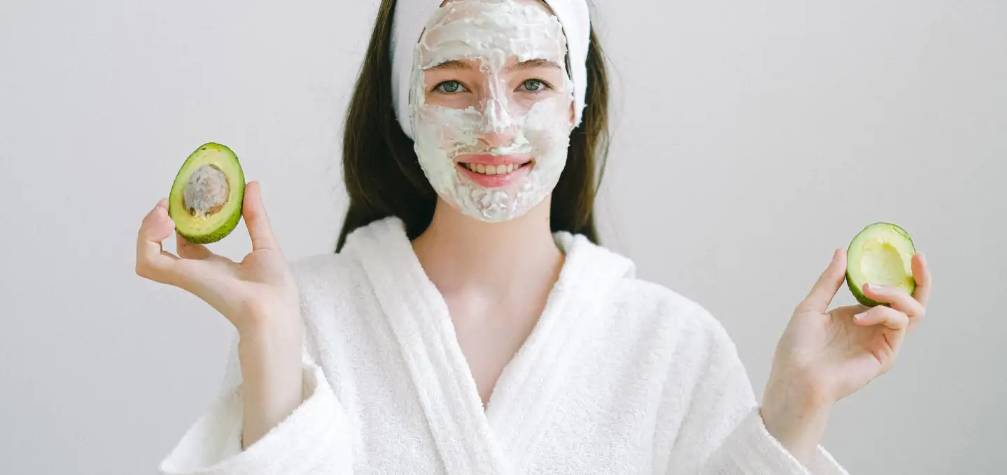Spanish Elegance: Exploring Traditional Spanish Fashion
4 min read
03 Jul 2025
Spanish fashion is a rich tapestry woven with history, culture, and elegance. With its roots dating back centuries, traditional Spanish fashion reflects the country's diverse regions, climates, and influences. From the vibrant flamenco dresses to the iconic matador costumes, Spanish clothing has made its mark on the global fashion stage. In this guide, we'll explore the captivating world of traditional Spanish fashion and the timeless elegance it embodies.
1. Flamenco Dresses: A Symphony of Color and Movement
One of the most iconic images associated with Spanish fashion is the flamenco dress. These dresses are known for their vibrant colors, intricate ruffles, and voluminous skirts. Flamenco dresses are worn during traditional Spanish dance performances and celebrations. The bold reds, blues, and blacks combined with the rhythmic movements of the dance create a visually stunning spectacle.

2. Mantilla: A Symbol of Spanish Elegance
The mantilla is a traditional Spanish veil worn by women, especially during religious ceremonies and special occasions. Typically black and made of lace or silk, the mantilla adds an air of sophistication and mystery to the wearer. It is often paired with a peineta, a decorative comb that holds the mantilla in place. This timeless accessory continues to be a symbol of Spanish elegance.
3. Matador Costume: The Epitome of Spanish Bullfighting
The matador costume is synonymous with Spanish bullfighting, a cultural tradition deeply rooted in Spain. The costume consists of a tight-fitting jacket (chaquetilla), high-waisted trousers (calzones), and a distinctive montera hat adorned with gold or silver embellishments. The intricate embroidery and luxurious fabrics used in matador costumes exemplify the essence of Spanish fashion.
4. Castanets: An Essential Accessory
No traditional Spanish dance is complete without the rhythmic sounds of castanets. These hand-held percussion instruments are made of wood or ivory and produce a distinct clacking noise when struck together. Castanets are an essential accessory for flamenco dancers and add a unique auditory dimension to their performances.
5. Goya Dresses: A Nod to History
Goya dresses, inspired by the artwork of Francisco de Goya, are a nostalgic nod to the 18th century. These dresses feature intricate embroidery, large flounces, and puffed sleeves. Goya dresses are often worn for special occasions and cultural events, celebrating Spain's artistic heritage.
6. Bullfighter's Jacket: A Symbol of Courage
The bullfighter's jacket, or traje de luces (suit of lights), is a symbol of courage and valor in Spanish culture. These ornate jackets are adorned with metallic thread, sequins, and intricate embroidery, representing the bravery of the bullfighters who face the formidable bull in the ring. The jacket's dazzling appearance is meant to distract and captivate the bull, showcasing the intricate artistry of Spanish tailoring.
7. Espadrilles: Stylish and Comfortable Footwear
Espadrilles are a staple of Spanish footwear. These casual yet stylish shoes are made of natural materials like jute and canvas, giving them a rustic charm. Espadrilles are not only fashionable but also comfortable, making them ideal for leisurely walks along Spain's picturesque streets or sandy beaches.
8. Andalusian Horseman Attire: A Blend of Function and Tradition
The Andalusian horseman attire reflects a harmonious blend of functionality and tradition. Riders don wide-brimmed hats, tight trousers, and leather boots, all designed for equestrian pursuits. The striking aspect of this attire is the short jacket, often adorned with silver buttons and embroidery, which adds a touch of elegance to the ruggedness of riding.
9. Sevillana Dresses: Festive and Flirtatious
Sevillana dresses are a variation of the flamenco dress, specifically associated with the Sevillana dance from the region of Seville. These dresses are typically colorful, with layers of ruffles and floral patterns. Sevillana dresses are worn during festivals and celebrations, adding a festive and flirtatious flair to Spanish fashion.
10. Capes and Mantones: Graceful Accessories
Capes and mantones (shawls) are graceful accessories that complement traditional Spanish attire. Capes, often seen in bullfighting, add a touch of drama and elegance. Mantones, on the other hand, are large, intricately embroidered shawls that are draped over the shoulders of women during flamenco performances, enhancing their movements and adding a sense of drama to the dance.
Conclusion
Traditional Spanish fashion is a testament to the country's rich history, cultural diversity, and innate sense of elegance. From the passionate and colorful flamenco dresses to the regal matador costumes, each element of Spanish fashion tells a story and carries deep cultural significance. Whether worn for special occasions or as part of everyday life, traditional Spanish attire continues to captivate and inspire with its timeless beauty and sophistication. It serves as a reminder of Spain's enduring legacy in the world of fashion and its commitment to preserving its unique cultural heritage.


